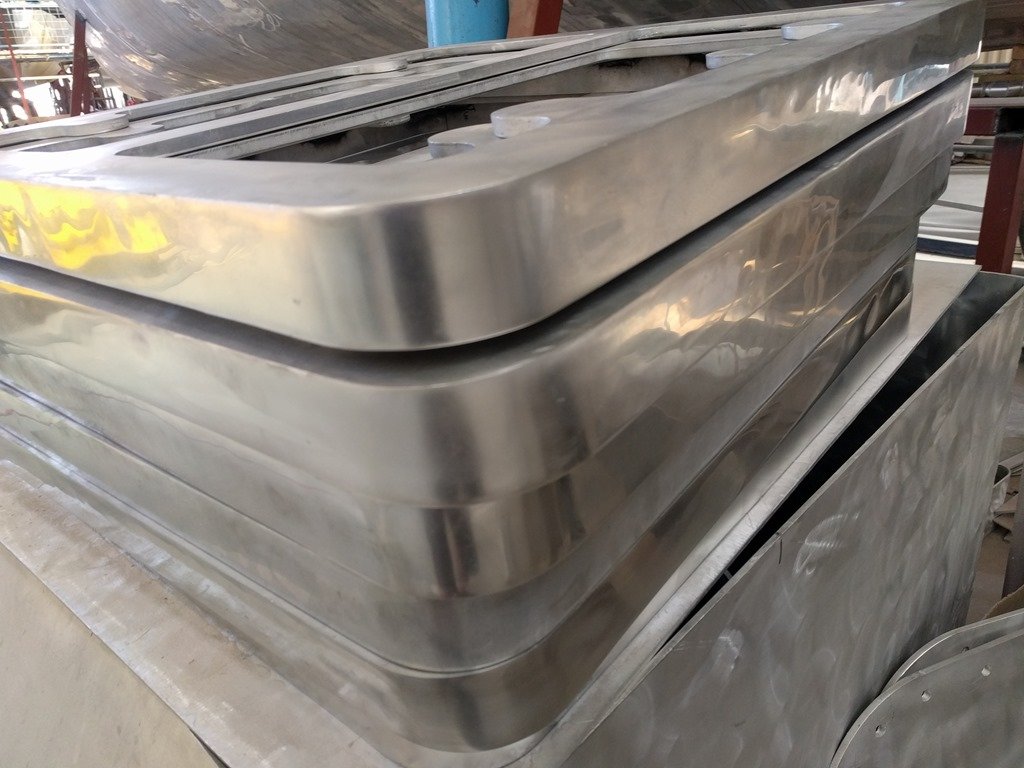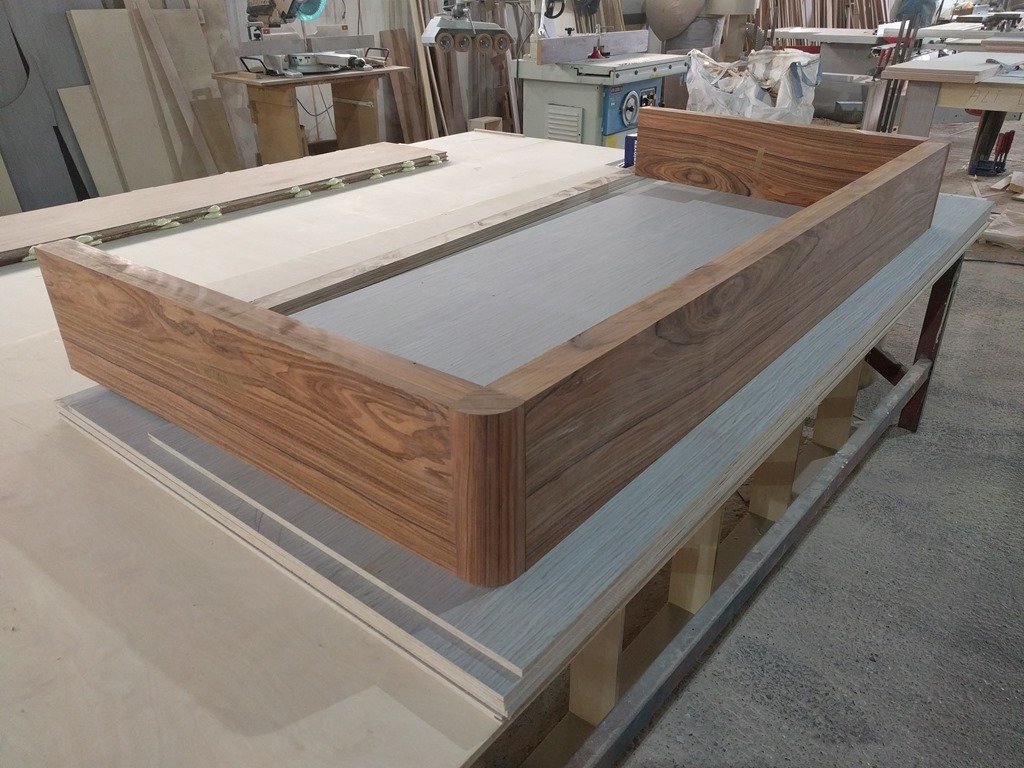That’s some serious solar! Love your boat!
Hey Wayne, have you seen/watched the youtube video recently on Top Secret? They went 24V house and said it was one of the few things in their electric conversion that they would change (back to 12V). While a sailing cat, they had 3.8kW solar but went all-electric with 4xOceanvolt 15kW sail drives (they also said that in retrospect they could have gone with 2x instead of 4x).
Hi Rob, thanks for the reference to the “Top Secret” videos on YouTube. We watch and follow a LOT of YouTube channels and find them to be absolutely fabulous. Great learning and entertainment what's not to like?
It was interesting to get the overview from Rean Snyman and his complete renovation and repowering of his Voyage 580 catamaran "Top Secret" and always good to get different perspectives. Their use case it so much different than ours with Top Secret being a sailing cat and their use being shorter more coastal routes but like us they apparently aim to make this their full time home so no "camping" and to spend most of their time on anchor so lots of similarities as well.
However as he discusses, with current options, electric power is only good for relatively short amounts of time and distance, he estimated 25 minutes at full power, before you have to start up generators to keep up with the power demands of, in his case, four 48V 15kW motors so you then become a "diesel powered" boat really with all the added overhead of the electric motor saildrives. Not knocking this at all, what matters most I think is finding the best fit and solutions for the individual use case of each owner/boat. In our case being an eXtreme eXploration Passage Maker or XPM boat we set a goal of a minimum of 7k NM range along and electrically self sufficient at anchor, along with the many other criteria I outlined in
this "Mission Impossible" post I linked to above. So for us, our super efficient Gardner 6LXB, still just about the most thermally efficient diesel engine ever produced at just a tad over 40% (200.7 g/kWh) was the best choice and in terms of overall energy used per distance traveled and the super sized solar and battery banks were the best choice for us for electrical power onboard Möbius. Where I do see this situation changing is on larger catamarans that are being designed from the beginning to take advantage of the MUCH larger surface area available on a cat and covering it all with high output solar panels. From what I see and read, things are at a tipping point in this regard where there are now a few very large cats, over 24m or so, which are being designed with these massive solar arrays producing enough electric power to enable an all electric propulsion to cross oceans. I’m sure this trend will continue into the future as we see more and more advances in the equipment and technology for things like electrical storage (aka batteries), solar panel PV efficiency, and whole new power generation options. But we need to build a boat NOW and with technology and equipment that is currently available AND has been well proven in real world conditions, and that has been one of the big driving factors in all our decisions.
Rean talks about being OK with traveling as low as 4 kts if need be to do self-generation and help keep up with Top Secret’s electrical demands a bit that way, though he also talks about doing a lot of “motor sailing” and regen at the same time which doesn’t quite compute in my head. In any case, we weren’t willing to make such a big compromise in overall speed on long passages as one of our criteria includes being able to average 220-250 NM per 24 hour day which equates to an average speed of 9-10 NM/hr in typical open ocean passage conditions. It’s not that we are in a hurry per say or have any thoughts of being a “speed boat” and we are two of those odd people who actually LOVE being on long passages. The daily distance goal is about safety and being able to shorten the overall passage time in situations where the weather and seas have a probability of being difficult and less predictable. Being able to shorten a passage by several days increases the accuracy of any weather forecasting and even if conditions change unexpectedly, the ability to alter our route significantly, slow down/speed up to stay with good weather or side step nasty conditions is a key part of achieving our top priorities of Safe, Comfortable, Efficient passages.
As for Rean’s mention of going back to 12V I think this would most likely be “saving pennies while spending dollars” and I find a lot of his “math” to be a bit “loose” and incomplete. The reasons he gave for saying he might chose to go with 12V rather than 24V if he had it to do all over again, were that some of the 24V equipment was more expensive and that “less people are familiar with 24V”. Both can be true but the trend seems clear to me, that onboard voltages are going up not down and the reason is largely for overall efficiency. Christine and I looked into this quite a bit as we were making our decisions for Möbius’ electrical systems and concluded that the best and most efficient choice was 24V for pretty much all our DC needs and consumers. When taking a systems and total boat perspective, the higher voltages are more efficient in all regards from electrical efficiency to weight efficiency to cost.
The efficiency gain in going with the higher voltage, both 24V DC and 220V AC is largely in the wiring and being able to have much less voltage drop in each circuit while still using much smaller, about half, sized wire and cable. It was all the more surprising to hear this from a cat owner as they are so much more sensitive to weight and the weight reduction from cutting your weight in copper wire approximately in half is quite significant for a boat of his size and complexity. Weight is a much lower concern for us on a displacement power boat however we definitely factor weight into all our decisions. We think about weight onboard the same way we think about money, we have a savings and value driven mindset wherein we are always looking for ways and situations to do equally “smart” savings AND smart spending. What that means to us with weight onboard is that we always look for places where we can have a savings in weight and use that to credit our weight budget and allow us to “spend” some weight in other choices. The weight savings from using higher voltage smaller gauge wiring is combined with things like using lighter weight marine plywood and foam filled box panels for large doors and other cabinetry enable us to “spend” some of this weight using stone for our Galley countertops.
We have also been maintaining a large and growing database with pretty much every single thing onboard from the aluminium and other raw materials, to each piece of equipment, wiring, plumbing as well as all our personal effects from dishes, pots and pans, computers, and clothes and each of these are given their mass and XYZ coordinate positions onboard. Putting all of this data into the 3D model allows us to run hydrodynamic test routines as we populate the boat with all this equipment and whenever we make any significant change to equipment, materials or locations and provide us with pretty accurate data, charts and models for things such as static and dynamic stability, roll rates, CG, CB, GM and the waterline at each angle of roll to name a few. Super valuable data to help us make better informed decisions.
Rean also cited “less people know about 24V systems than 12” as one of his reasons for thinking he might go with 12 vs 24, and I scratch my head over that a bit as I don’t see that there is much difference at all in DC know how for different voltages. The rules and equipment are all the same. It was certainly true in the past that the cost for the 24V version vs 12V of the same piece of equipment was much higher, but that differential has been shrinking at an ever increasing rate over the past 10+ years and my guestimate is that we now see more cases where there is little to no difference in price for 12V vs 24V versions, which I suspect is a reflection of more and more boats going with the higher voltages which increases the sales volume. For our decisions it became a non factor.
Whew!! Way more of an answer than you wanted or expected I’m sure Rob, but hope it is useful and thanks for your questions.
- Wayne







 .
. ). Ours is Strongall (TM) rather than traditional alu - 12mm aluminium bottoms make us feel pretty safe from some things.
). Ours is Strongall (TM) rather than traditional alu - 12mm aluminium bottoms make us feel pretty safe from some things.